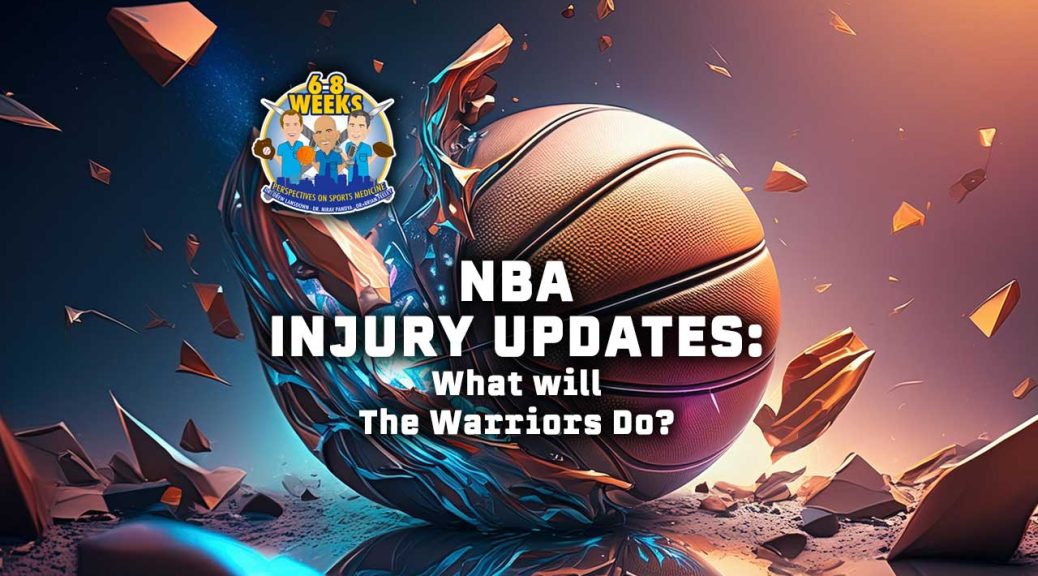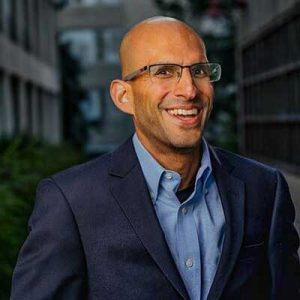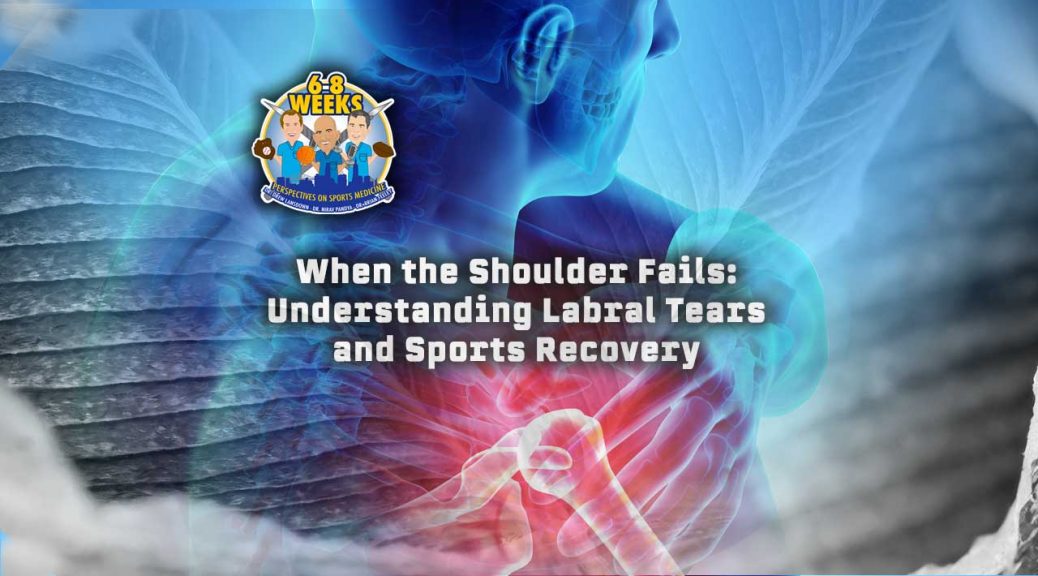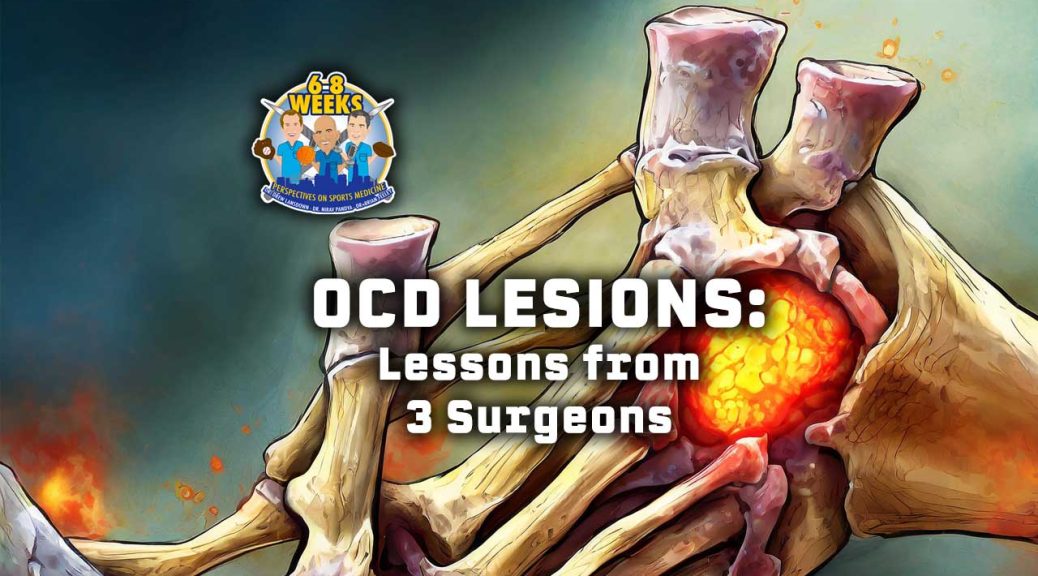
NBA Injury Updates: What will The Warriors Do?
Injuries for professional basketball players are a very common occurrence. What isn’t common, however is having to endure an NBA final season – without a California-based basketball team represented. It’s time to find out what three orthopedic surgeons from the San Francisco area think of both of these phenomenon and more inside this episode of The 6 to 8 Weeks Podcast…
Podcast: Play in new window | Download
Connect with The 6-8 Weeks Podcast:
There’s a LOT of detail included in this program. Do you want to share YOUR perspective about it? Connect with The 6-8 Weeks Podcast Now!
Subscribe to, Like and Share The 6-8 Weeks Podcast Everywhere:








The Detailed Shownotes for This Episode of The 6-8 Weeks Podcast:
You’ll get the answers to these questions and more inside this episode of The 6 to 8 Weeks Podcast!
1. **Understanding Injuries:**
– What is the difference between a knee strain and a knee sprain, and how do these injuries impact an athlete’s performance and risk for long-term damage?
2. **Management and Decision Making:**
– How should teams balance the immediate need to win games with the long-term health of players, particularly when dealing with star athletes like Luka Doncic?
3. **Effectiveness of Treatments:**
– What role do taping techniques play in managing knee injuries in athletes, and how much of their effect is structural versus placebo?
4. **Comparative Injuries:**
– Compare the severity and recovery process for different types of calf injuries with other common sports injuries like hamstring strains.
5. **Use of Diagnostics:**
– How useful are MRIs and ultrasounds in diagnosing and managing sports-related injuries, and should they be used routinely for all athlete injuries?
6. **Injury Recurrence:**
– Why do hamstring injuries often lead to other injuries later in the season? What measures can teams take to prevent this cascade of injuries?
7. **Age and Performance:**
– Discuss the risks and benefits of relying on older athletes with high wear and tear like LeBron James versus younger athletes with significant injury histories like Kevin Durant.
8. **Predicting Outcomes:**
– How can sports medicine better use the data from diagnostic tools to predict recovery times and outcomes for athletes?
9. **Epidemiology of Injuries:**
– Based on the discussion around Yao Ming, Kevin Durant, and LeBron James, what role does an athlete’s height and body type play in the types of injuries they are likely to encounter?
10. **Team Strategies and Player Health:**
– Given the Warriors’ scenario regarding older athletes, what health strategies could the team employ next season to potentially enhance performance and reduce injuries?
Timestamps from This Episode of The 6-8 Weeks Podcast:
00:00 Knee injuries can range from minor tweaks to ligament tears, with implications for the player’s performance and long-term health. The severity of the injury and its impact on stability and pain level will determine the player’s ability to continue playing and the potential risks of aggravating the injury. This presents a dilemma for the team in balancing the desire to win with the player’s long-term well-being.
03:51 Calf strain affects muscle-tendon injuries, hindering movement.
07:32 MRI or ultrasound can aid athlete diagnosis.
10:07 Hamstring cramps can usually resolve with stretching, hydration, and rest. More severe injuries may result in significant pain, with potential for muscle or tendon tears. Tendon tears may cause bruising, a pop sensation, and a palpable defect in the muscle or tendon.
13:12 Warriors weigh impact of young vs. older players
16:14 Disappointed by lack of California teams in playoffs, hopeful for Knicks to win finals.
Connect with the Hosts of The 6-8 Weeks Podcast:
It’s never been easier to connect with the hosts of The 6-8 Weeks Podcast. Read on below to share your perspectives on this episode of The 6-8 Weeks Podcast.
=== Connect with Dr. Brian Feeley: On the Web — On X

=== Connect with Dr. Nirav Pandya: On the Web:– On X: 
=== Connect with Dr. Drew Lansdown: On the Web


